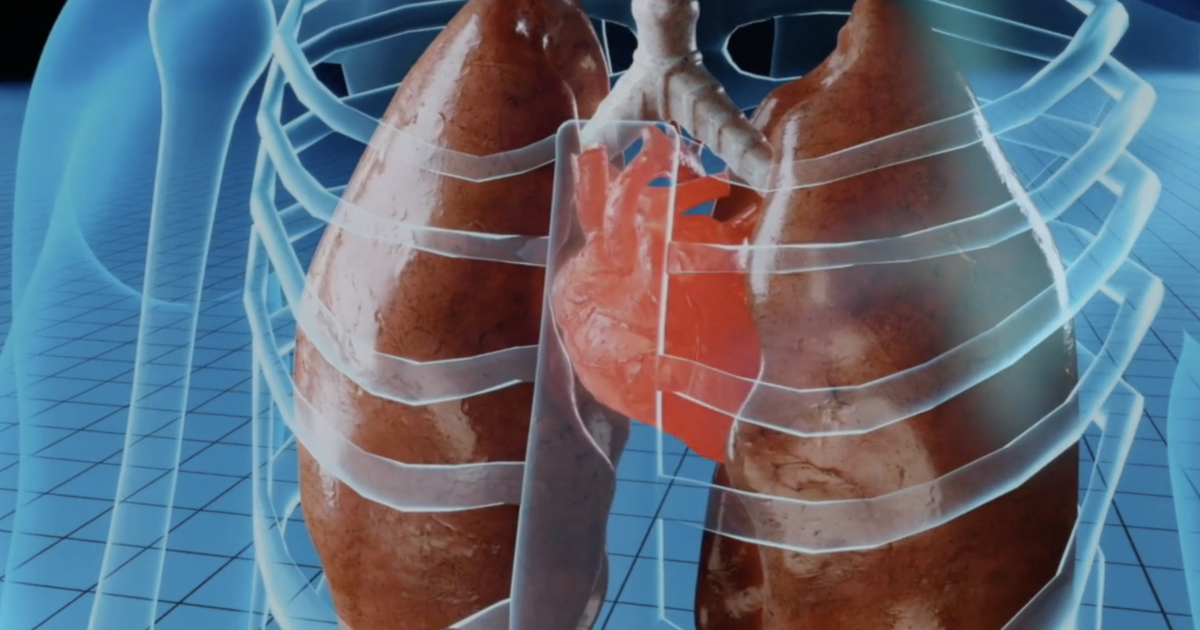Cardiovascular
Heart surgeons, cardiologists busier than ever says American Heart Association
The American Heart Association published data this year showing an alarming trend; the age-adjusted mortality rate jumped by 4.6%.
It’s a substantial increase, wrote Dr. Connie W. Tsao, assistant professor of medicine at Harvard Medical School and attending staff cardiologist at Beth Isreal Deaconess Medical Center in Boston.
“The age-adjusted mortality rate takes into consideration that the total population may have more older adults from one year to another, in which case you might expect higher rates of death among older people,” she said in the AHA’s January article. “So even though our total number of deaths have been slowly increasing over the past decade, we have seen a decline each year in our age-adjusted rates – until 2020.”
Communications Director for the American Heart Association West Michigan, Matt Johnson told FOX 17 Morning News the numbers don’t lie: There were 874,613 cardiovascular disease-related deaths in 2019. In 2020, that number jumped to 928,741—the largest single-year increase since 2015 and surpassing the previous record-high of 910,000 deaths in 2003.
Before that, these types of deaths were dropping. So why the turn?
While cause for concern, the results were not surprising Dr. Tsao wrote, explaining the impact COVID-19 had on cardiovascular health is the likely culprit.
The statistical update highlights the many ways COVID-19 impacts cardiovascular health, including its relationship to risk factors for heart disease and stroke. Factors such as obesity, diabetes and high blood pressure put people at higher risk for more severe COVID-19 illness.
—American Heart Association
The COVID-19 virus is stored in fat cells, making those at high risk for cardiovascular disease more susceptible to the impact of the disease.
The data followed global and regional trends in deaths related to various cardiovascular issues as well as the risk factors patients had at the time of their deaths.
RELATED:100 heart surgeries in ten months
You can read the full report from the American Heart Association here.

